AGH exhibit celebrates the mystery of the lost painting

Ongoing exhibit running until May 25 features more than 60 works by Helen McNicoll, an important Canadian Impressionist who was recognized by contemporaries during her short career.
The Art Gallery of Hamilton played a key role in determining the authenticity of a long-lost work of an important Canadian Impressionist and now that sun-dappled work that depicts women working in a field has a special place in an exhibit of Helen McNicoll’s work at the downtown gallery.
The Bean Harvest is in a small room alongside gallery space in which an hour-long episode of BBC show Fake or Fortune? plays. It documents the detective and forensic work that went in to determining the origins of the painting that had disappeared for about 110 years.
More on that – and the AGH's critical role in that investigation – later.
First up: the exhibition. There are more than 60 paintings in Helen McNicoll: An Impressionist Journey. Half of them are now in the private collection of a Montreal billionaire. The exhibit marks the largest collection of her works since a memorial retrospective in Montreal in 1925.
“For most people, this is one of the most important exhibitions of Canadian historical art that they will have an opportunity to see because so many of these works have been held in private collection,” says Tobi Bruce, director of exhibitions and collections and senior curator at the AGH.
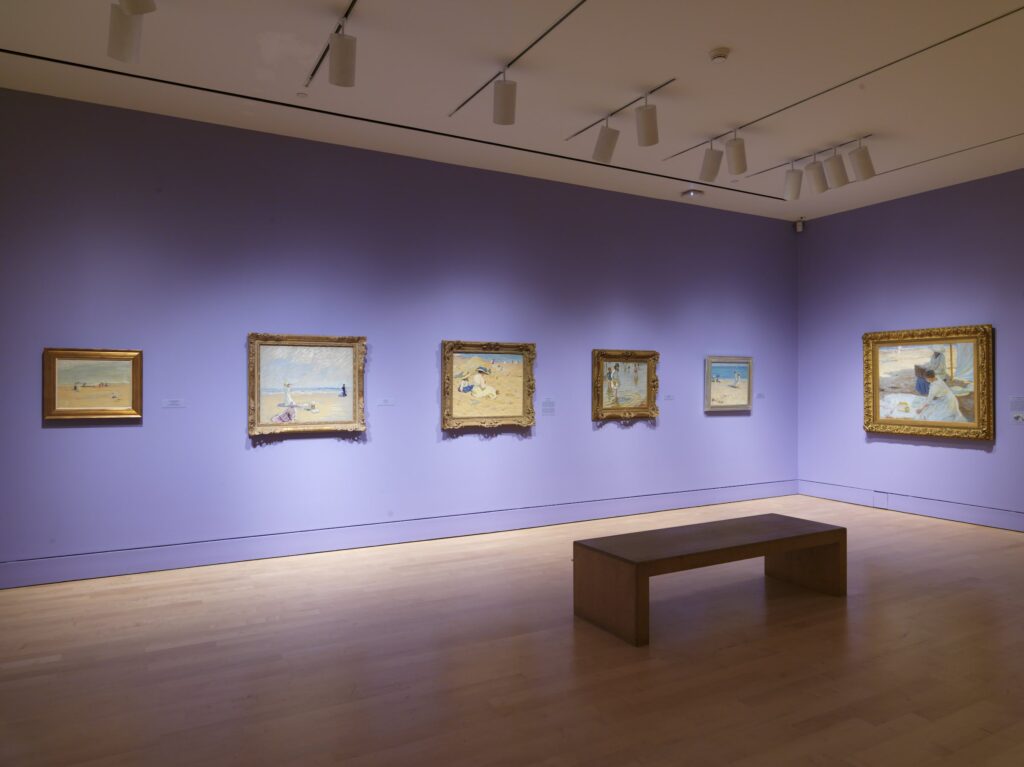
This exhibition of her work was created and organized by the Musée national des beaux-arts du Québec and ran in the Quebec City gallery from last June to this January. The AGH holds two of McNicoll’s most important works and Bruce went to the Quebec show to convince curators there to allow it to travel to Hamilton.
“I told them we would do whatever we needed to do to make this happen. Because I felt so strongly that this body of work should be seen in Ontario.”
Stand in front of a McNicoll beach scene and you can practically feel the sea breeze and smell the salt air. Gaze at a McNicoll painting set in a farm field or an outdoor market and you might feel compelled to glance around to find the beam of sunlight that is shining down on it.
“Her capacity for light sets her apart,” says Bruce. “How do you paint air and light? She was truly a master of this and I don’t use this term lightly. It’s so incredibly difficult to do.”
Her paintings, full of rich visual and tactile detail, elevate women and children. There are occasional men, but they are in the distance. She centres female labour and caregiving, and the play of children. But her subjects do not make eye contact with the viewer. Instead, they are immersed in what they are doing, whether that’s harvesting food, selling at a market stand, or playing at the beach.
“There are scholars who believe that, because she was deaf, that there is a sense of quiet and quietude in the work," says Bruce.
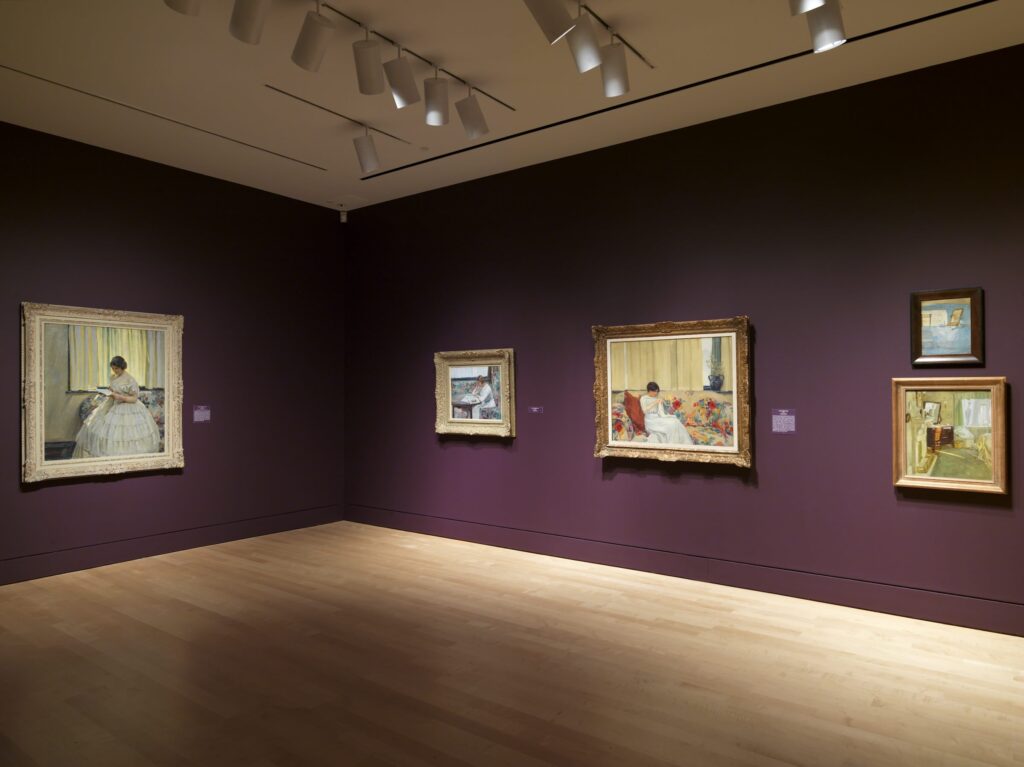
Typically, she painted en plein air, meaning out in the open air, though she did work in her studio, too. She studied at prestigious art schools, including the Slade School of Fine Art in London, England, which was recognized for its mixed instruction that promoted gender equality.
McNicoll’s talent and importance was recognized and celebrated in her day, says Bruce. She primarily painted in England, France, Belgium, and Italy. She would return quite frequently to Canada, bringing her work with her for exhibitions in Montreal, Ottawa and Toronto.
“So she’s not only important as a painter, she's important for introducing Impressionism to a Canadian audience … Even though Impressionism was quite old in Europe by then, in the early 20th century, it was new to Canada.”
McNicoll earned awards for her mastery of light and her unique compositions. She was elected in 1913 to the Royal Society of British Artists and, in 1914, was one of the rare women elected as associate members of the Royal Canadian Academy of Arts.
Bruce says that as the Group of Seven emerged in the 1920s, Canada headed into a more nationalistic approach to art and McNicoll’s profile diminished. This assembly of her work allows for new considerations of the artist’s practice, says Bruce.
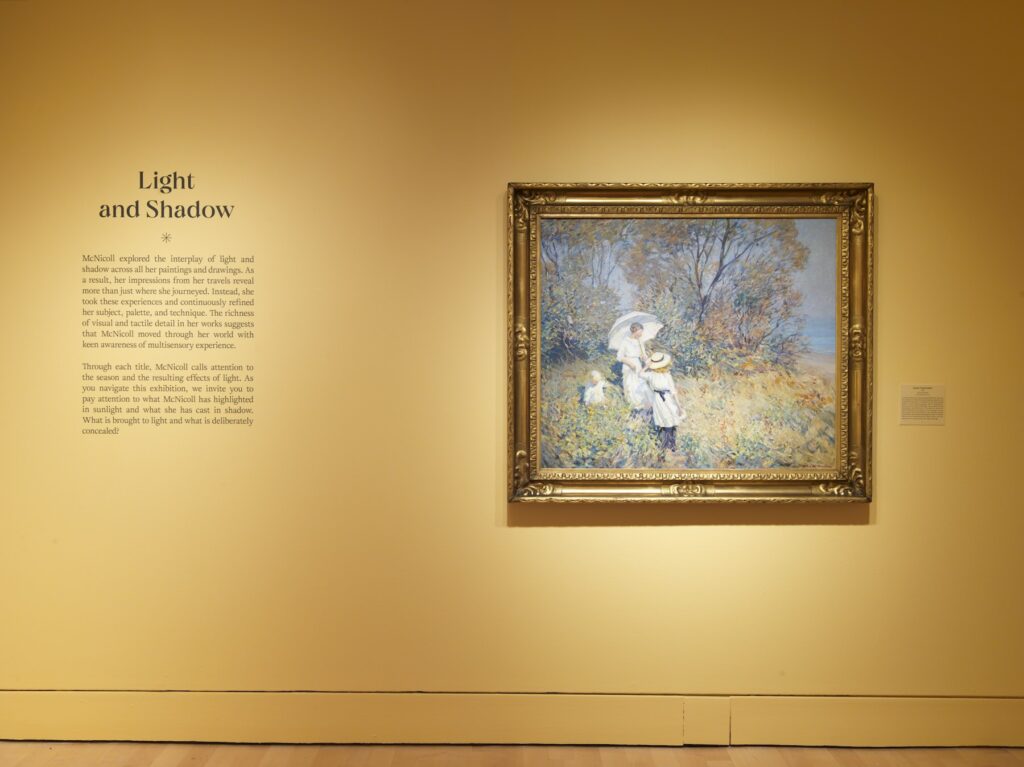
Her personal story makes her work even more compelling. McNicoll was born in Toronto in 1879 and grew up in Montreal, the daughter of affluent British immigrants and the oldest of eight children.
She became deaf at age two after a bout of scarlet fever. Her parents encouraged her to immerse herself in art and music. After years of private instruction, at the age of 23, McNicoll made the bold move to sail an ocean away to study art in 1902. It would be decades before women could vote, own property, seek higher education, or even freely move about without being accompanied by a man.
“She had a tremendous pioneering spirit, which she shared with a generation of women artists who were doing this,” says Bruce, who assembled a list of McNicoll’s contemporaries, which is shared on a gallery wall under the title Her Too.
“Can you imagine this young woman travelling across the ocean, deaf, which you know, in that time, there would have been very little accommodation for her deafness, right? It was so brave, and obviously intrepid.”
McNicoll produced about 300 paintings, a career cut tragically short when she died suddenly in 1915 at the age of 35 due to complications from diabetes.
So now back to that lost painting.
David Taylor, a retired English artist spotted a 34- by 40-inch painting in a plastic frame at an auction house in Lincolnshire, England. The auction house listed the painting with the title Women of the Fields and labeled it as being “in the style of Helen Galloway McNicoll.” Her name was misspelled on the plaque, and the artwork was dated as having been created in 1958 – well past McNicoll’s time of death.
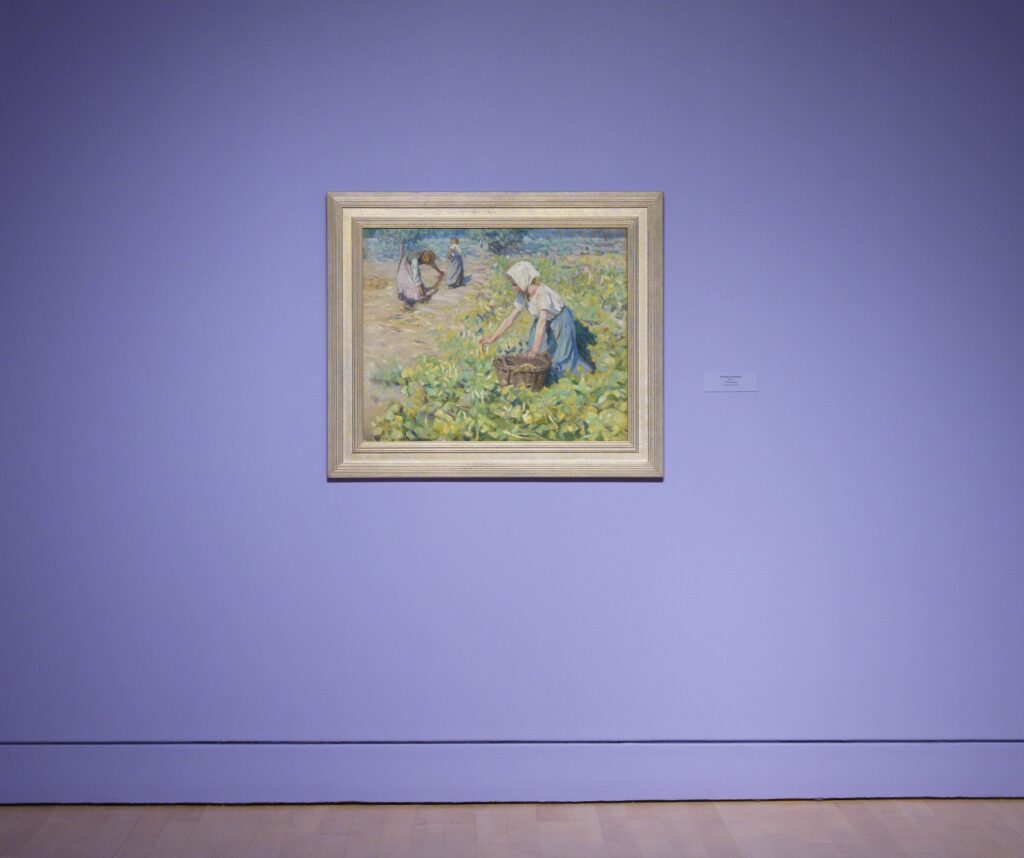
But Taylor was intrigued and he bought the piece for £2,090 GBP (just under $4,000 CAD). Then after removing the painting from its frame, he found McNicoll’s signature in the bottom left corner. But there was a problem: no work called Women of the Fields was recorded in McNicoll’s catalogue.
He turned to the popular BBC program Fake or Fortune? to see if he had a true McNicoll on his hands. It is a true detective story involving art historians, McNicoll scholars, forensic art investigators, curators, and conservationists that brought the show’s hosts to London, Toronto, and to Hamilton.
At the AGH, a McNicoll painting in the permanent collection – The Apple Gatherer – was tested for the presence of a type of paint that the artist used in a signature style. The distinctive pigment, which glows pink under UV light, was found to have been used in the same way in Taylor’s painting and in The Apple Gatherer. Beyond that, both canvases showed a matching thread count.
Through studying exhibition catalogues, the Fake or Fortune? team discovered that a McNicoll painting called The Bean Harvest had been exhibited multiple times in Canada between 1912 and 1913, and at London’s Royal Academy of Arts in 1915, before the piece mysteriously vanished from public view.
McNicoll died just a few months after that last show.
All of these findings led to the expert conclusion that the painting acquired by Taylor was actually the long-lost treasure The Bean Harvest. Pierre Lassonde, a Canadian art collector, mining executive and philanthropist, purchased the work for ($308,000 CAD) at auction in late 2024.
Lassonde holds the largest collection of McNicoll works and almost half of the works in the AGH exhibition, which runs until May 25, have been loaned by him.
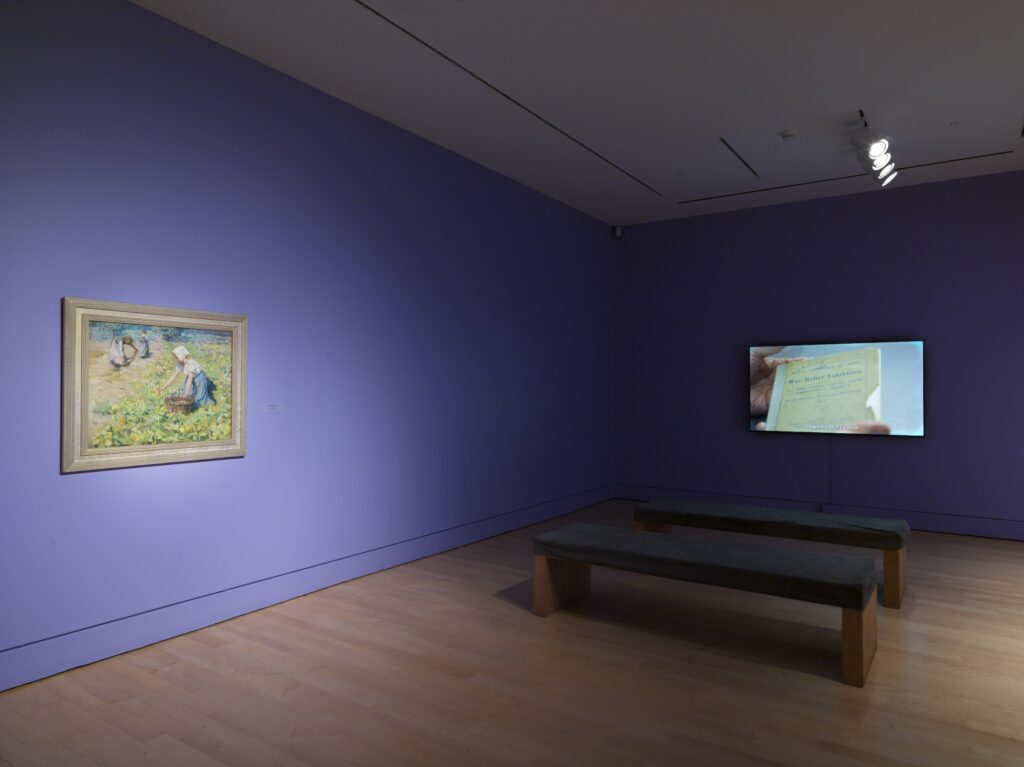
Upcoming events:
Curator Talk: Proof in the Painting with John Geoghegan on April 3 from 7 p.m. to 9 p.m. will take attendees behind the scenes to learn how curators research, find, and authenticate works of art. From provenance research, to art historical analysis, to cutting-edge scientific methods, experts will guide you through real-life case studies, sharing stories of both triumphs and challenges in trying to uncover the truth behind artworks. Geoghegan, a Hamilton native, is associate curator, collections and research at the McMichael. Tickets are here.
Curator Talk: In Conversation with Caroline Shields and Julie Nash on April 10, 6:30 p.m. to 8 p.m. Shields, Art Gallery of Ontario curator of European art, was the curator of Cassatt—McNicoll: Impressionists Between Worlds in 2023. Nash, an art historian, was a program consultant for the episode of the BBC’s Fake or Fortune? that proved that a long-lost Helen McNicoll canvas had been rediscovered. They will discuss the Impressionist work, practice and legacy of McNicoll. Tickets are here.











